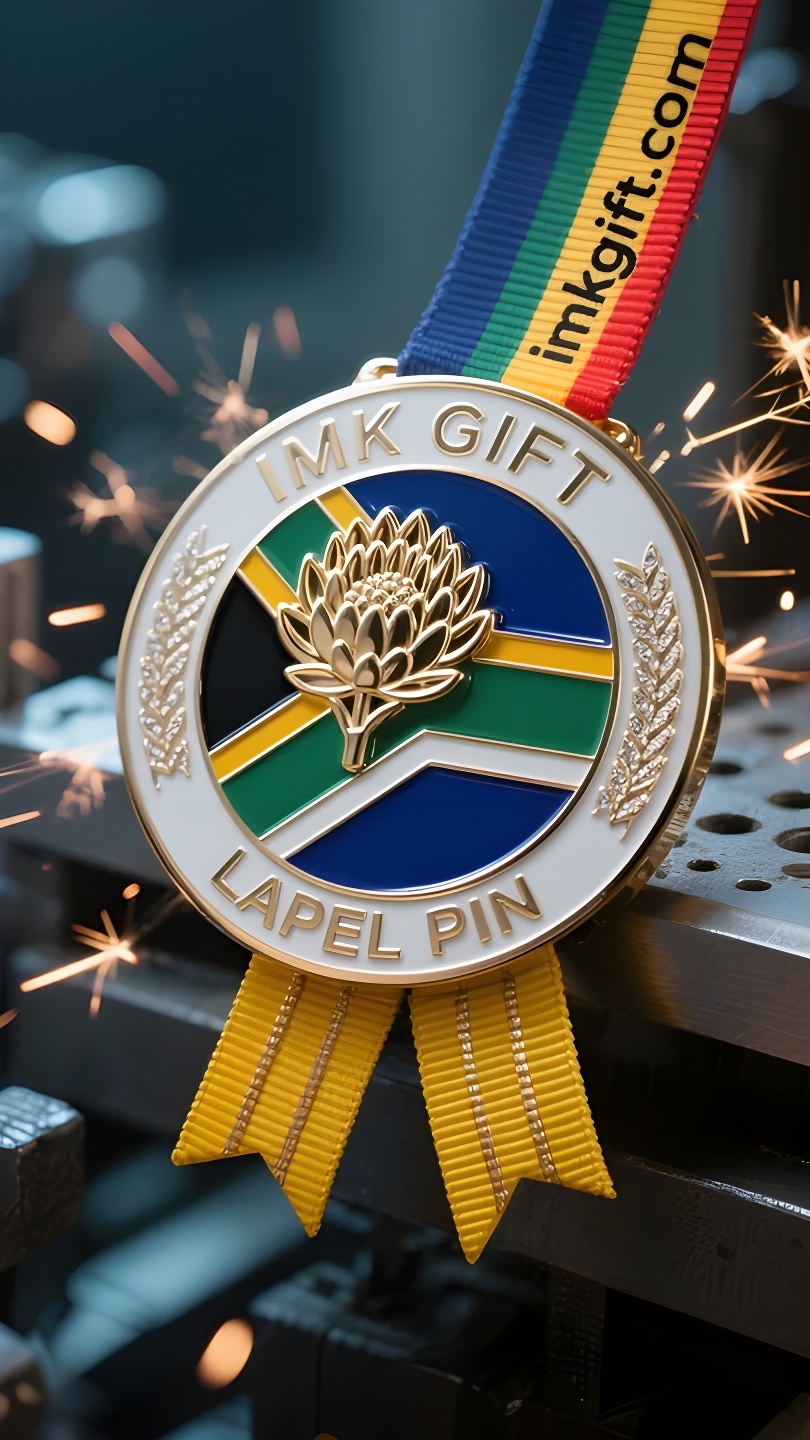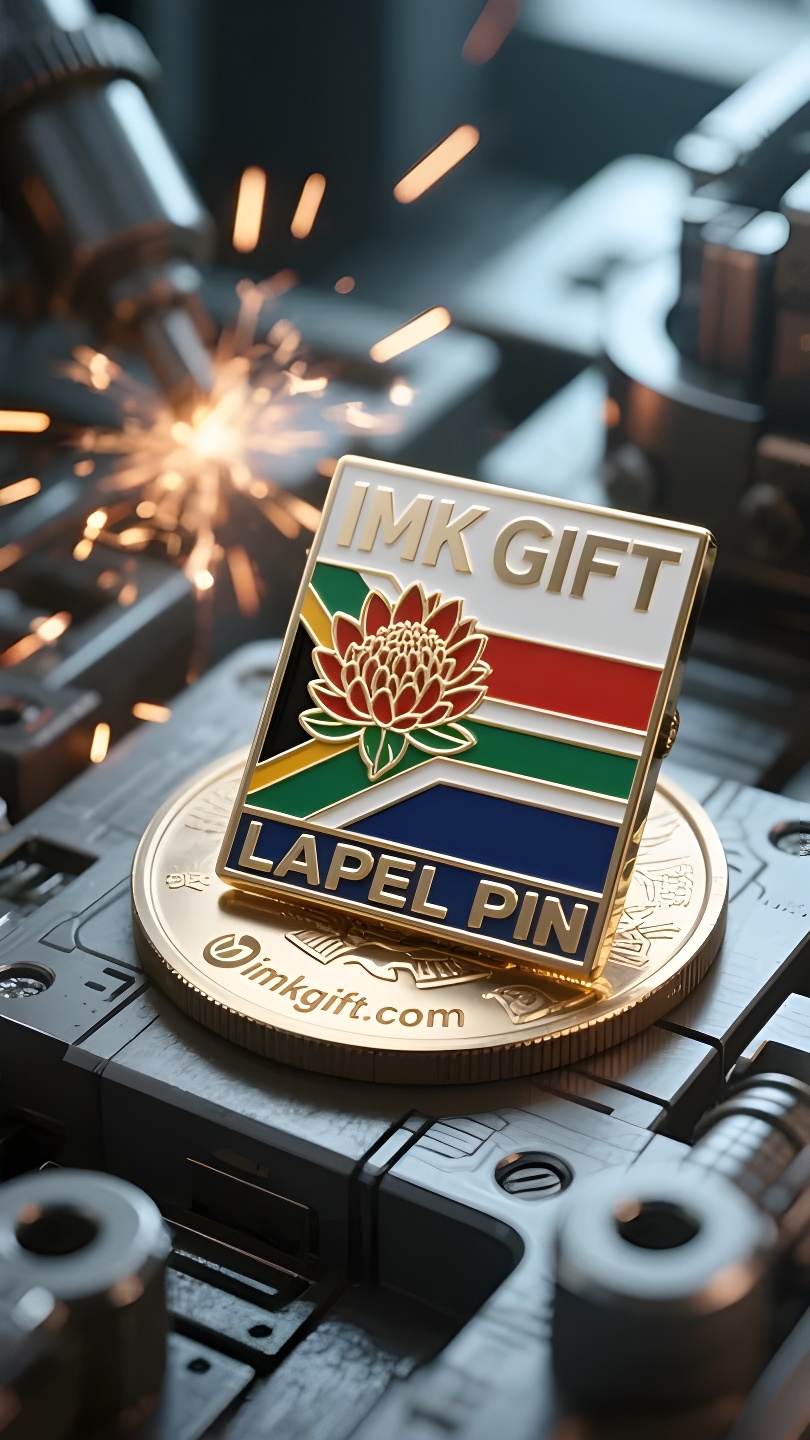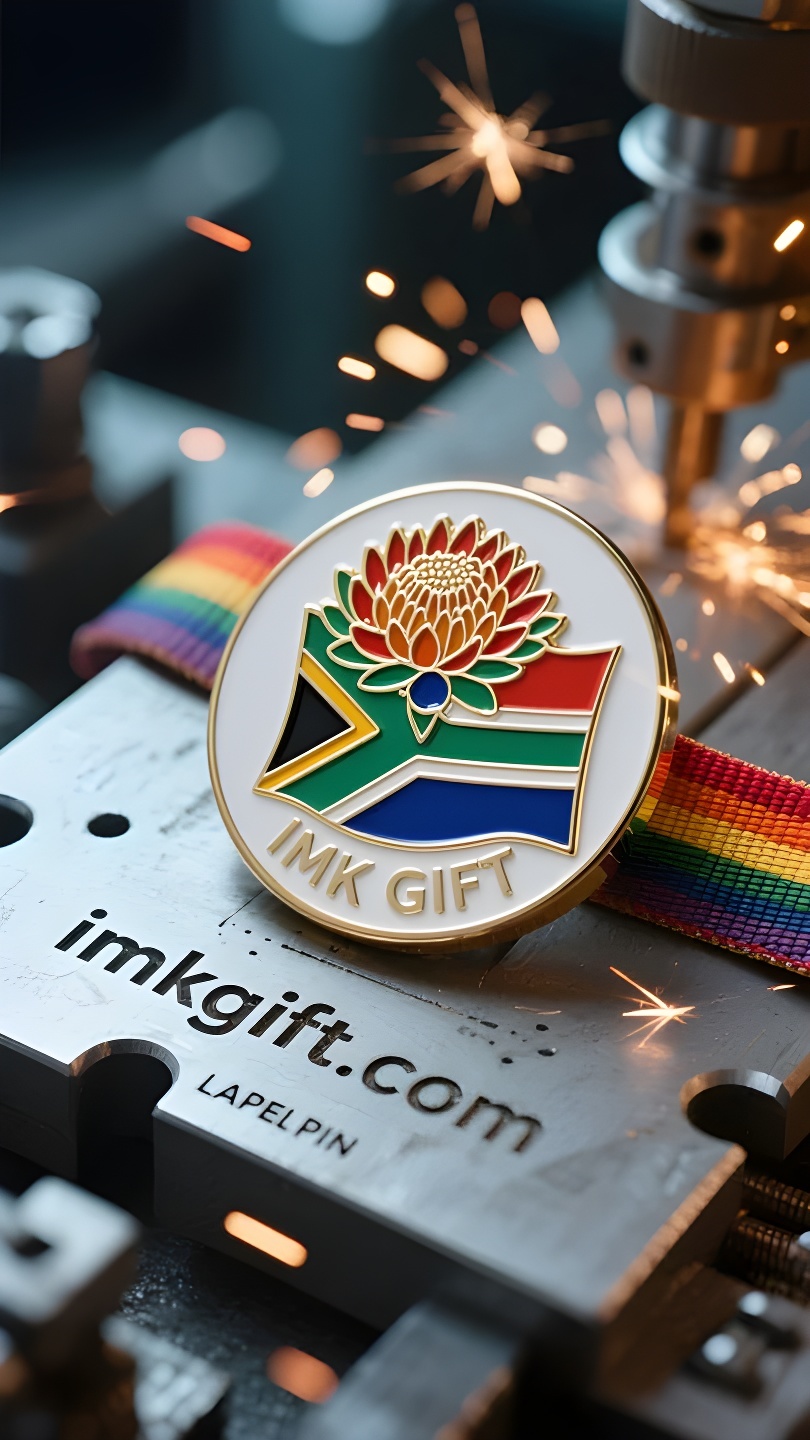in985-39-n-Huldeblyk-aan-die-Lewe-wat-Bloei-in-die-Reënboognasie
▼
April merk die dubbele herdenking van Vryheidsdag en Grondhervormingsweek in Suid-Afrika. In hierdie land wat uiteenlopende beskawings dra, het die nasionale vlag en die keiserlike blom se nasionale embleem nog altyd in stille taal gepraat van die hoop om lyding te oorkom. Die ses kleure van die Suid-Afrikaanse vlag is verweef, net soos ‘n reënboog, allesomvattend: swart simboliseer die mense se veerkragtigheid, groen verteenwoordig die gawes van die land, en goud en wit omskryf die visie van vrede. Die keiserlike blom in die middel van die nasionale embleem interpreteer die nasionale gees met ‘n dieper beeld – hierdie plant, gebore in arm grond, kan steeds sy vurige rooi kroon blom na veldbrande, net soos die moed van die Suid-Afrikaanse volk om wedergebore te word uit die as van apartheid. Die sewe blomblare wat om tradisionele wapens en koringare gedraai is, is beide ‘n herdenking van die geskiedenis van stryd en ‘n oproep tot eenheid en naasbestaan. Vandag, wanneer die protea-patroon by grondhervormingsaktiwiteite verskyn, is dit nie meer net ‘n statiese kentekensimbool nie. Die boere wat in die platteland gewortel is en die vrywilligers wat in die strate rondhardloop, sit die betekenis van hierdie “ewige blom” met hul optrede voort: ware krag lê nie daarin om letsels te vermy nie, maar om nuwe lewe te kan gee wanneer jy krake in die gesig staar. Suid-Afrika se nasionale vlag en nasionale embleem sal uiteindelik geestelike totems word wat die toekoms verlig deur die pogings van geslagte.
In April, South Africa celebrated both Freedom Day and Land Reform Week. In this land of diverse civilizations, the national flag and the King Protea emblem have always expressed the hope of overcoming suffering in silent language. The six colors of the South African flag are interwoven, just like a rainbow, embracing everything: black symbolizes the people’s tenacity, green represents the gift of the land, and gold and white outline the vision of peace. The King Protea in the center of the national emblem interprets the national spirit with a deeper image – this plant born in poor soil can still bloom a fiery crown after a wildfire, just like the courage of the South African people to be reborn in the ashes of apartheid. The seven petals wrapped around traditional weapons and wheat ears are both a commemoration of the history of struggle and a call for unity and coexistence. Today, when the King Protea pattern appears at the land reform event, it is no longer just a static badge symbol. Farmers who are rooted in the countryside and volunteers who are running around the streets are carrying forward the meaning of this “eternal flower” with their actions: true strength does not lie in avoiding scars, but in being able to nurture new life when facing cracks. South Africa’s national flag and emblem will eventually become a spiritual totem that illuminates the future through the hard work of generations.
四月的南非,迎来自由日与土地改革周的双重纪念。在这片承载多元文明的土地上,国旗与帝王花国徽始终以无声的语言,诉说着跨越苦难的希望。
南非国旗的六色交织,恰如彩虹般包容万象:黑色象征人民的坚韧,绿色代表土地的馈赠,金色与白色勾勒出和平愿景。而国徽中央的帝王花,则以更深刻的意象诠释着民族精神——这种诞生于贫瘠土壤的植物,历经山火仍能绽放火红花冠,恰似南非人民在种族隔离的灰烬中重生的勇气。七片花瓣包裹着传统武器与麦穗,既是对抗争历史的铭记,亦是对团结共生的呼唤。
今日,当帝王花图案出现在土地改革活动现场,它不再只是静态的徽章符号。那些扎根乡野的农民、奔走街巷的志愿者,正以行动延续着这朵“永恒之花”的寓意:真正的强大,不在于逃避伤痕,而在于直面裂痕时仍能孕育新生。南非的国旗与国徽,终将在代代传承的耕耘中,成为照亮未来的精神图腾。
▼
Contact Us
📞 Tel: +0086-760-85286839
📧 Email: sales3@imkgift.com








